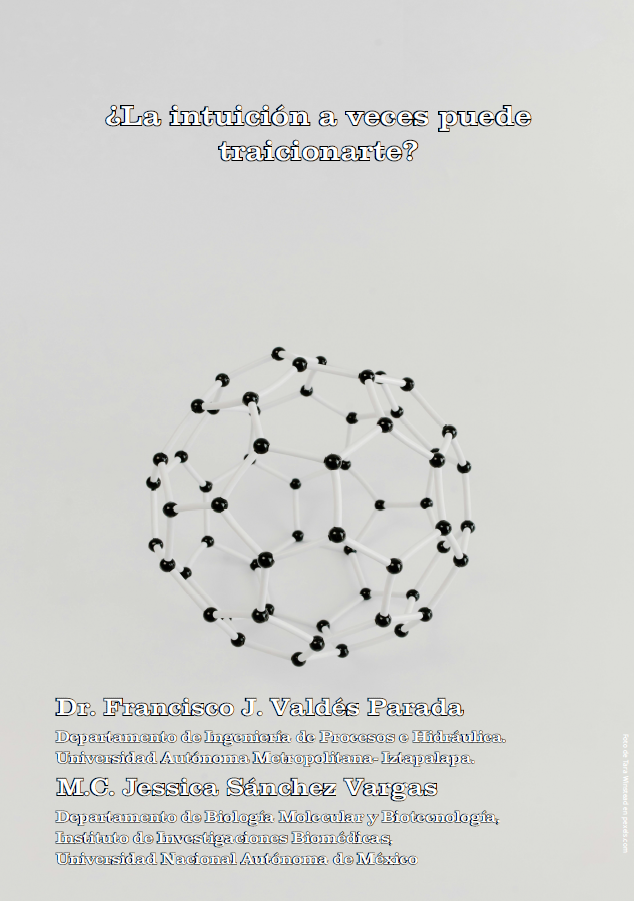¿La intuición a veces puede traicionarte?
Abstract
Modeling transport phenomena in systems that involve multiple scales can be performed without ambiguities at the continuum scale level. However, when it is necessary to account for models at higher scale levels and that involve more phases, the same level of clarity and acceptance of the transport equations is not achieved. On the one hand, a rapid solution to this situation consists of using intuitive models founded on (natural or artificial) learning. On the other hand is the rigorous derivation of models at higher scale levels. In this work, both approaches are discussed and the relation that they have. The goal is to show the reader that one approach does not exclude the other and that it is worth dedicating time to discuss both points of view to carry out (rapid or rigorous) solutions to practical problems in science and engineering.
Downloads
References
Bailly, A., Blanc, C., Francis, ´E., Guillotin, T., Jamal, F., Wakim, B., & Roy, P. (2022). Effects of dataset size and interactions on the prediction performance of logistic regression and deep learning models. Computer Methods and Programs in Biomedicine, 213, 106504.
Battiato, I., V, P. T. F., Malley, D. O., Miller, C. T., Takhar, P. S., Valdés-Parada, F. J., & Wood, B. D. (2019). Theory and Applications of Macroscale Models in Porous Media. Transport in Porous Media, 130 (1), 5-76.
De-Groot, S. R., & Mazur, P. (2011). Non-Equilibrium Thermodynamics. Dover Publications.
Kim, D., & Lee, J. (2024). A Review of Physics Informed Neural Networks for Multiscale Analysis and Inverse Problems. Multiscale Science and Engineering, 6 (1), 1-11.
Liu, Z., Ma, P.,Wang, Y., Matusik, W., & Tegmark, M. (2024). KAN2.0: Kolmogorov-Arnold Networks Meet Science.
Whitaker, S. (1999). The Method of Volume Averaging. Springer Netherlands.






